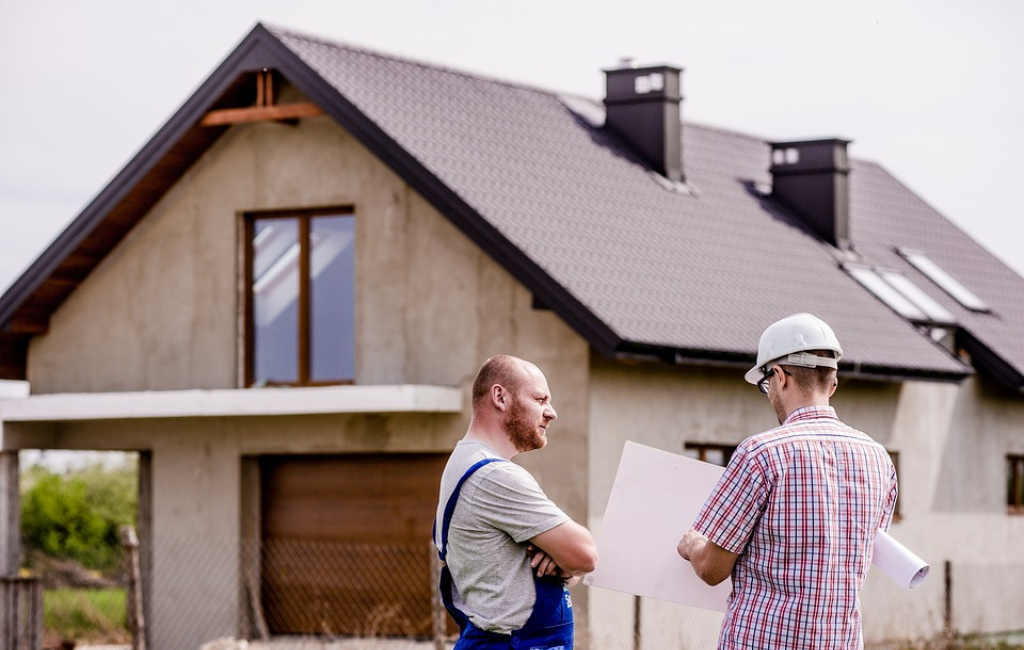Architect Shape Our Built Environment
Architects play a pivotal role in shaping the spaces we inhabit. Their work influences not only the aesthetics of our surroundings but also the functionality, sustainability, and overall quality of life. This article explores the multifaceted impact of architects on our built environment, supported by examples, case studies, and statistics.
The Role of Architects in Urban Planning
Urban planning is a critical aspect of architecture. Architects collaborate with city planners to design spaces that accommodate growing populations while maintaining a balance between built and natural environments. This involves creating master plans that outline the development of infrastructure, public spaces, and residential areas.
Case Study: The High Line, New York City
The High Line in New York City is a prime example of innovative urban planning. Originally an elevated railway, it was transformed into a public park that stretches over 1.45 miles. This project not only revitalized a neglected area but also provided a green space for residents and tourists alike.
- Increased property values in surrounding areas by 10-15%
- Attracted over 8 million visitors annually
- Boosted local businesses and created job opportunities
Sustainable Architecture
Sustainability is a key consideration in modern architecture. Architects are increasingly focusing on designing buildings that minimize environmental impact. This includes using eco-friendly materials, incorporating renewable energy sources, and optimizing energy efficiency.
Example: The Edge, Amsterdam
The Edge in Amsterdam is often cited as one of the most sustainable office buildings in the world. It features solar panels, rainwater harvesting systems, and smart technology to monitor and reduce energy consumption. The building has achieved a BREEAM rating of 98.36%, the highest ever awarded.
- Reduced energy consumption by 70%
- Generated 102% of its own energy needs
- Provided a healthier work environment for employees
Architectural Innovation and Technology
Technological advancements have revolutionized the field of architecture. From 3D printing to virtual reality, these tools enable architects to push the boundaries of design and construction.
Example: 3D-Printed Buildings
3D printing technology has made it possible to construct buildings with unprecedented speed and precision. In 2018, the first 3D-printed house in the United States was built in just 24 hours at a cost of $10,000. This technology has the potential to address housing shortages and reduce construction waste.
- Reduced construction time by 50-70%
- Lowered construction costs by 30-60%
- Minimized material waste
Impact on Community and Culture
Architects have the power to shape not just physical spaces but also the social fabric of communities. Thoughtfully designed public spaces can foster social interaction, cultural expression, and a sense of belonging.
Case Study: Millennium Park, Chicago
Millennium Park in Chicago is a testament to the impact of architecture on community and culture. The park features iconic structures like the Cloud Gate sculpture and the Jay Pritzker Pavilion, which have become cultural landmarks. It serves as a gathering place for residents and hosts numerous events throughout the year.
- Attracted over 25 million visitors annually
- Boosted local tourism and economy
- Provided a venue for cultural and social events
Challenges and Future Directions
While architects have made significant strides in shaping our built environment, they face ongoing challenges. These include addressing climate change, accommodating rapid urbanization, and ensuring equitable access to quality spaces. The future of architecture lies in innovative solutions that address these complex issues.
Example: Smart Cities
Smart cities represent the future of urban development. These cities leverage technology to improve infrastructure, enhance public services, and promote sustainability. Examples include Songdo in South Korea and Masdar City in the UAE, which incorporate smart grids, automated waste management, and intelligent transportation systems.
- Improved energy efficiency and reduced carbon footprint
- Enhanced quality of life for residents
- Optimized resource management
Conclusion
Architects play an indispensable role in shaping our built environment. Through urban planning, sustainable design, technological innovation, and community-focused projects, they influence the way we live, work, and interact. As we look to the future, the contributions of architects will be vital in addressing the challenges of our rapidly changing world.
